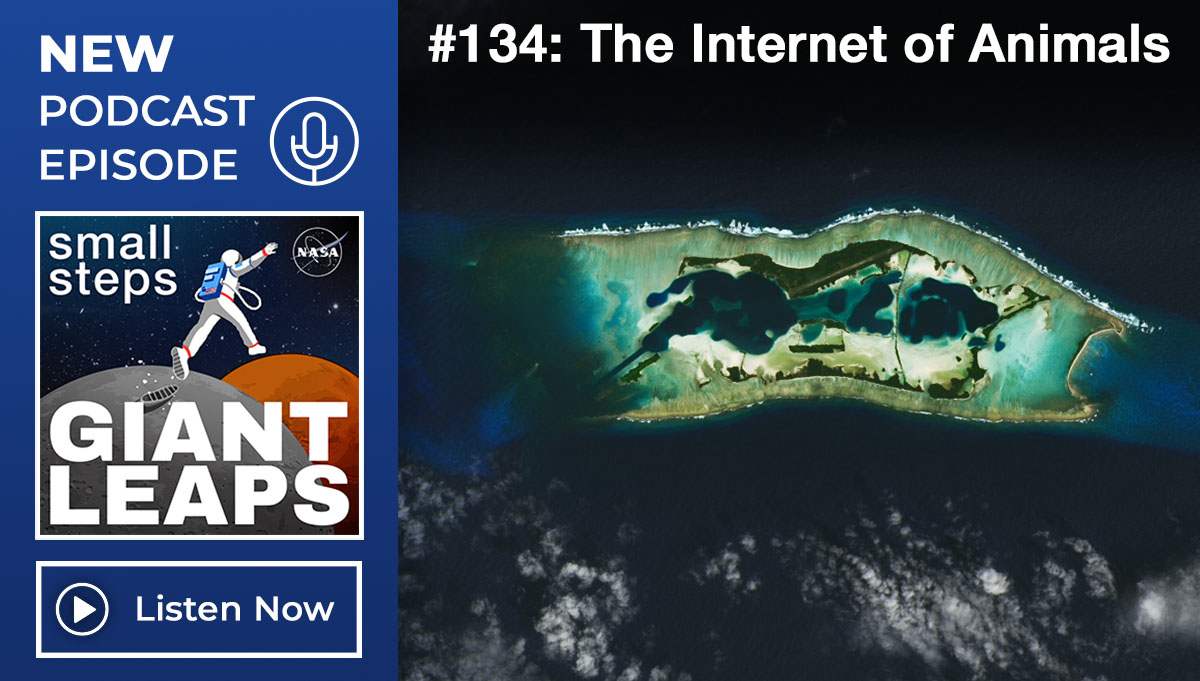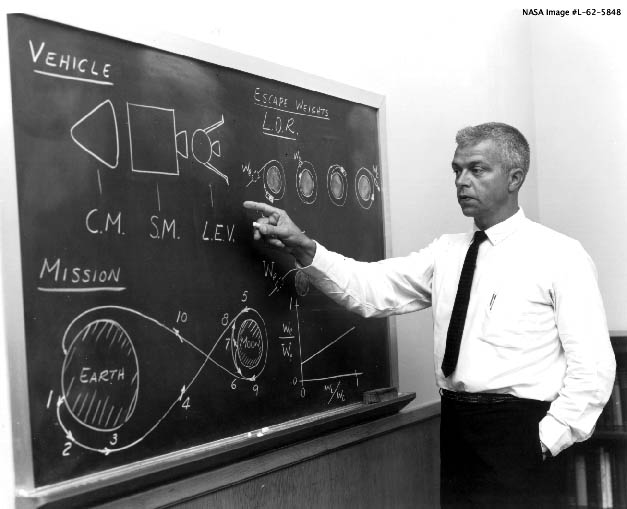ASK OCE — May 29, 2007 — Vol. 2, Issue 3
By Edward Calder, MIT, and Bradley Jones, NASA JSC & Stanford University
A management study of NASA’s Gravity Probe B (GP-B) mission, a 40-year NASA-Stanford collaboration, sheds light on the challenges senior managers face when developing an extremely complex system that requires coordination of disparate teams.
GP-B, arguably one of NASA’s most sophisticated missions, emerged from a casual discussion among three Stanford professors. After over 40 years of development and nearly $750 million dollars, it successfully launched on April 20, 2004. The spacecraft required many radical innovations: nearly perfect quartz spheres, an ultra-low magnetic field environment, novel optical bonding techniques, and the largest-ever space flight liquid helium dewar, just to name a few.
From the conception of the program, Stanford was the prime contractor, responsible for overall management and direction. The Stanford team focused on developing and optimizing the technology to collect the best scientific data possible, and in doing so brought the project from inception to a viable science experiment. The GP-B space vehicle successfully completed its 18-month data acquisition period; however, the true success of GP-B will be determined at the conclusion of data processing, the preliminary results of which were announced at NASA Headquarters in April 2007.
GP-B had a variety of organizations involved in a unique contractual arrangement. Marshall Space Flight Center (MSFC) was the NASA center responsible for the program, with Stanford University as the prime contractor. Lockheed Martin sub-contracted with Stanford as the spacecraft developer and provided practical aerospace experience. A post-launch assessment of the program with managers from all organizations illuminated the challenges associated with trying to coordinate teams from these very different organizations. Each organization has its own skill set, culture, and practices, which have evolved to meet unique challenges and goals. After some initial struggles, GP-B management learned to strategically leverage these differences in capability while managing the differences in culture.
Strategic leveraging recognizes that each organization has unique capabilities, and that the program operates much more effectively when team members perform tasks commensurate with their skill set. For example, Lockheed-Martin has a significant amount of experience working with launch vehicles, while the Stanford team had relatively little experience in this area. By assigning Lockheed responsibility for the launch vehicle, the GP-B Program was able to take advantage of this capability. This point is often overlooked or ignored by management; it is easier to assign tasks to one organization rather than take the extra effort to evaluate and allocate responsibility o the organization with the proper skill set. In addition, there are sometimes political and shortsighted considerations that supercede what is in the best, long-term interest of a program, with correspondingly negative consequences.
In order to leverage an organization’s capabilities most effectively, a program’s leadership must manage the differences in cultures. In the case of GP-B, an effective practice for managing divergent cultures was through the use of boundary spanners. Boundary spanners are individuals who facilitate knowledge transfer across organizational boundaries; they have an understanding of the cognitive, capability, and process differences among different organizations, and can exist at different levels in a program.
Dissonance caused by organizational asymmetries manifests itself in many different management situations. One particularly noxious consequence of cultural differences is lack of trust between organizations, which impedes information flow and creates inefficiencies. While cultural differences are not likely to disappear, they can be managed. Most of the problems emerging from cultural differences exist because of a lack of understanding. Teams from one organization often don’t understand why another group behaves in a certain manner. If they did, they might be able to propose solutions or, at a minimum, understand the other side’s motivations.
Boundary-spanning individuals can also improve the working relationships between contractors and civil servants. Even though many civil servants are ex-contractors and vice versa, several studies have found a significant amount of misunderstanding and tension between the two groups. Since personnel traverse between the organizations, there is unlikely to be misunderstanding as a result of cultural differences. And presumably both sides want the same thing: mission success. So why does the problem still exist?
One explanation is that in addition to cultural differences, there are also organizational structures such as contracts that produce boundaries. These boundaries inhibit efficient decision making and teamwork because they lead people to think in terms of “us and them” instead of “we” – the latter being a precondition for successful teams. The boundaries created by contracts and other organizational structures are then further complicated by geographic separation, with most civil servants onsite and their contractor counterparts offsite.
While contracts are necessary, boundary agents can help to mitigate the teamwork problems they cause by engendering closer, more personal relationships; people at the same site visibly working together are much more likely to think of themselves as a team, a “we.” An effective solution would be to require civil servants to regularly visit the contractor sites, potentially including remote offsite offices from which to work on a regular basis side by side with the contractor. It is important to establish this as a working relationship (i.e., “let’s discuss problems and find real-time solutions”) and not as an oversight role (i.e., “I’m here to watch over you”).
If improperly implemented, this will only hinder the contractor’s ability to perform the job. Therefore, the initial implementation should be closely monitored by management, with regular feedback requested from both sides. Additionally, each side should review the feedback and communication processes currently established. For instance, does the Technical & Business Management Review (TBMR) criterion, used to “grade” most government contractors, accurately reflect the feedback that is necessary to the contractor and how does the contractor currently provide feedback to the civil servants? Simple adjustments to these processes can make tremendous improvements to working relationships, due to their direct correlation with the team’s communication.
It is often stated that many lessons learned seem “trivial” or “intuitive,” yet it is uncanny how often they are overlooked to the detriment of program performance. In the aerospace industry the difference between a successful mission and a failure is often quite narrow, and situations that could have been catastrophic are sometimes avoided by chance. Unfortunately, very few objective post-mission analyses are performed on successful missions; as a result the agency has missed the opportunity to identify problems that might have helped prevent future failures. A 2001 survey1 showed that although NASA implemented a “lessons learned” database in 1995, only a quarter of NASA managers contributed to it, and a comparable number were unaware the system even existed.
The fact is that space stations, lunar landers, and satellites are built by people working with people, and that can be almost as much of a challenge as any technical issue. Best practices for management are critical to mission success and should be treated as such at all levels. It is the responsibility of all NASA team leaders to learn best practices from other programs and ensure that they are implemented. Just as you wouldn’t cut corners on a safety margin for a truss, you shouldn’t cut corners on developing the management skills and relationships that lead to successful missions.
NASA’s experience with GP-B holds important lessons for any organization managing highly innovative programs. Even programs that have been operating successfully for years need to be prepared for the challenges ahead, whether it’s identifying future programmatic requirement/process changes, or balancing the inherent differences of organizations within the program. In summary:
- Regularly review the relationship between roles and skills of the organizations involved in your program. Ensure their current responsibilities properly utilize their strengths.
- Identify existing organizational asymmetries within your organization; leverage capability differences while managing cultural diversities through the use of boundary spanning individuals.
- Exploit the lessons from successful and unsuccessful NASA programs. Your program can benefit from successful missions as well as failures.
In This Issue
Message from the Chief Engineer
NASA On the Hill: Transition to Next Generation Human Spaceflight System
This Week in NASA History: JFK’s Moon Challenge
Universal Management Lessons from GP-B
NASA Scientists Honored
Leadership Corner: Charles Koch on the Science of Success
A View from the Outside: Venus Express
Archimedes Archive: The Anemometer








